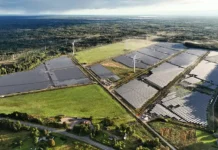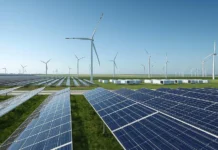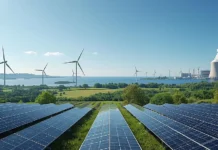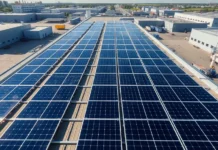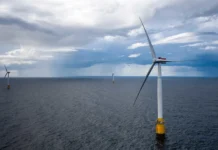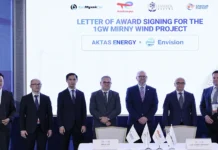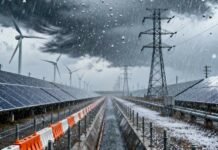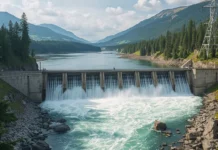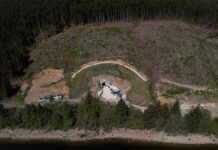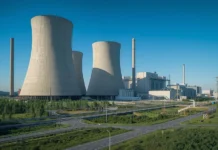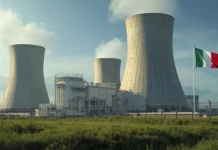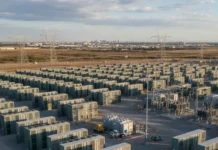In an era when clean energy defines the global roadmap to sustainability, India and New Zealand stand at unique crossroads specially after rent visit of NZ prime minister Hon. Christopher Luxon to India ad meeting with Indian delegates and Prime Minister Mr. Narendra Modi. While India has made tremendous progress with utility-scale solar deployments and I had few learning from my initial days from India Solar industry I started my career and following my professional journey with the Far North Solar Farm (FNSF) in New Zealand has revealed contrasting approaches in policy, permitting, and execution — offering lessons and insights for stakeholders on both sides.
Regulatory Process in New Zealand: Council-Centric, But Predictable
Unlike India’s state electricity boards and central authorities like MNRE or SECI, New Zealand’s regulatory system is highly decentralized. Here’s how it typically works:
- Territorial Authority Involvement: Every solar project must obtain Resource Consent from the local District or Regional Council under the Resource Management Act (RMA), including environmental impact assessments and cultural engagement.
- Public Notification and Consultation: Councils often invite public submissions or hold hearings if the project affects community interests.
- Grid Connection & Transpower: Connection applications go through Transpower or local Distribution Companies with power flow studies and export limits. India, in contrast, typically follows a more centralized but often fragmented process:
- Multiple nodal agencies involved
- Inconsistent clearance timelines
- Transmission constraints often slow implementation.
Comparative Insight: What India Can Adapt
- Unified Permit Portal systems inspired by NZ district councils
- Community-first planning to build local trust
- Decentralized decision-making to fast-track approvals
Beyond Policy: Cultural Sensitivity Matters
Engaging Māori communities in NZ has highlighted the importance of respectful, inclusive
dialogue. India can learn to integrate tribal communities as active partners in the energy
transition not only local gram panchayat involvement.
The Technical Parallel
While both countries share technical commonalities, NZ emphasizes long-term resiliency in
design, whereas India prioritizes scale and affordability.
Technology and Opportunity: New Zealand’s Evolving Renewable Landscape
New Zealand’s solar sector is undergoing a silent transformation driven by the adoption of
emerging technologies and smarter procurement practices. At Far North Solar Farm, for
instance, we are integrating next-generation skid inverters, advanced SCADA systems with wide area protection to the grid, and weather-forecast-based load balancing to ensure grid
compliance and system stability.
There is also a significant shift in the ecosystem of project delivery. Several international EPC contractors, including those with strong Indian bases, are now entering New Zealand’s
renewable market. The country’s consistent climate goals and clarity in consenting frameworks have made it an attractive destination for engineering talent and solar solution providers. This trend opens a unique window for Indian EPCs and suppliers to bring their efficiency-driven experience into a quality-focused environment.
New Zealand’s tendering process, although more community and compliance-driven than
India’s, offers a level playing field for those who understand council expectations,
environmental safeguards, and long-term asset ownership. The competitive yet transparent
nature of tenders, especially on Māori land and in remote regions, rewards technical merit and stakeholder alignment over mere cost considerations.
A Message to India’s Renewable Youth: Eyes on the Global Horizon
As someone who has worked in both India and New Zealand, I see immense potential in Indian engineers, project managers, and environmental planners to contribute to global clean energy missions. The booming renewable sector in New Zealand and Australia requires professionals with hands-on skills in solar PV, battery storage, hybrid systems, and smart grid applications.
I strongly encourage the upcoming generation from India, especially those from engineering colleges and technical universities in India to explore global energy roles. With India’s solar boom giving them a strong base, it is time for our youth to contribute not only domestically but also in allied clean energy missions in countries like NZ and Australia, which are rich in opportunity but often talent constrained.
With the right mix of technical capability, cross-cultural adaptability, and global mindset, Indian professionals can shape the energy narrative of tomorrow, just as I’ve had the honour to do in Aotearoa.
Conclusion: A Bridge of Ideas
The FNSF project is more than a solar farm — it’s a case study in structured decentralization and transparent planning. Let India learn from New Zealand’s clarity and community integration, while NZ can benefit from India’s scale and innovation.
About the Author
Pareekshit Singh Parihar is General Manager, Engineering at Far North Solar Farm, New Zealand. Originally from small town of Madhya Pradesh, India, specializes in utility-scale solar project management, power systems engineering, and cross-border energy collaboration as worked in both countries with 10+ years of experience.



